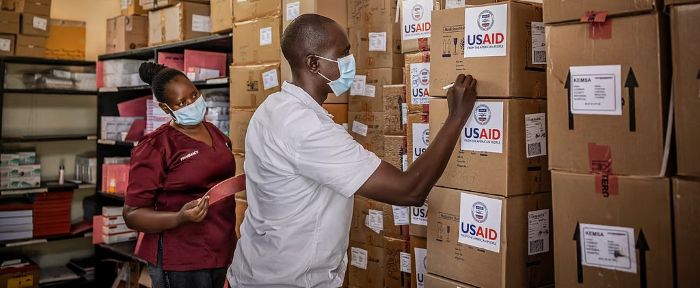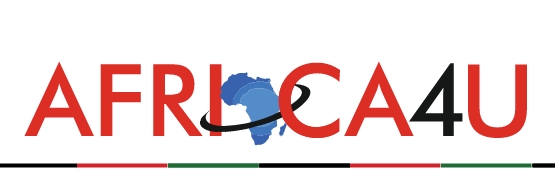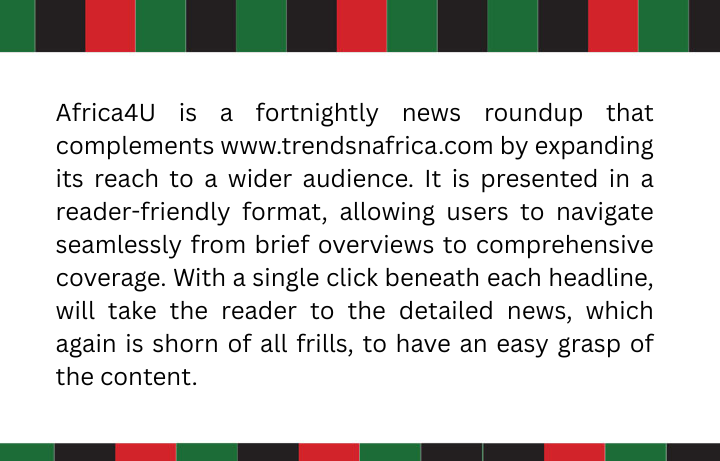(3 Minutes Read)
Once a major donor for many United Nations and international agencies, the US freeze on aid has resulted in food rations being reduced to less than half of what is required for basic sustenance.
Kakuma Refugee Camp in Kenya houses more than 300,000 refugees – many of whom rely on aid to survive. Since the US funding cuts in March, Kakuma’s most vulnerable are slowly starving.
Once a major donor for many United Nations and international agencies, the US freeze on aid has resulted in food rations being reduced to less than half of what is required for basic sustenance.
Two-thirds of Kakuma’s residents depend on the United Nations World Food Programme (WFP) for food. Until recently, the US provided 70 per cent of the WFP’s budget. It’s a major shortfall that will be hard to make up, says Colin Buleti, the head of WFP operations in Kakuma:
Monthly cash transfers that refugees used to buy proteins and vegetables to supplement the rice, lentils, and cooking oil distributed by WFP have ended this month. For now, recipients get 3 kilos of rice per month, far below the 9 kilos recommended by the UN. Cash transfers used to buy proteins and vegetables to supplement the rice and lentils distributed by the WFP ended this month.
At Kakuma’s largest hospital, run by the IRC, children with malnutrition are given fortified formula milk. The 30-bed stabilisation ward admitted 58 children in March, 146 in April, and 106 in May. Fifteen children died in April, up from the monthly average of five. He worries they will see more this month.
Read Also;
https://trendsnafrica.com/us-policy-of-aid-cuts-tariff-affects-kenyas-hospitality-sector/
The hospital had been providing nutrient-dense porridge for children and mothers, but the flour had run out after stocks, mostly from the US, were depleted in March. A fortified peanut paste given to children who have been discharged is also running out, with current supplies available until August.





